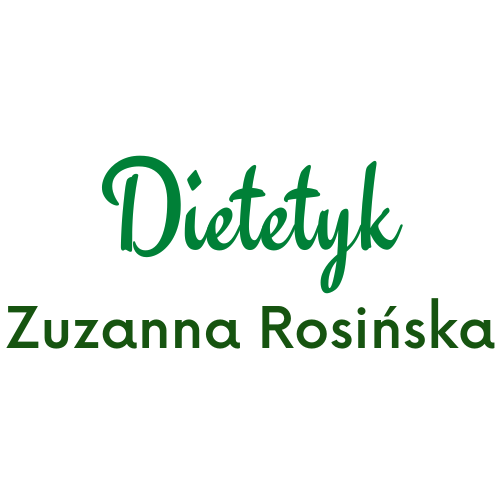Diet in acne Bez kategorii
Diet in acne – recent statistics show that an increasing percentage of the population is struggling with a common skin disease, which is common acne, which may have a hormonal background as well as related to the way of nutrition.
Acne vulgaris
It is a common, chronic inflammatory skin disease. Its development is influenced by genetic factors, androgenic activity, other hormonal disorders (e.g. polycystic ovarian syndrome PCOS or thyroid dysfunction), development of the bacterium Propionibacterium acnes, excessive sebum secretion, skin keratosis, stress, inadequate diet (including consumption of intolerant ingredients such as lactose or gluten) and some medicinal substances (especially streoids, antiepileptic drugs, antidepressants) and cosmetics.
Acne most often affects adolescents, which is associated with increased hormonal activation during this period. However, in recent times, we have seen an increase in the percentage of older people who have it.
The main methods of treatment for common acne are pharmacotherapy, well-chosen skin care and proper nutrition.
Diet in acne
The way of nutrition, with the occurrence of common acne, should be as balanced as possible and provide all the necessary nutrients, minerals and vitamins, especially in adolescence. It also provides a list of products that should be eliminated from the diet in order not to irritate inflammation and adversely affect the development of this disease.
The most important nutrients that you pay attention to when setting your diet are: fatty acids from the Omega 3 and Omega 6 family (so-called vitamin F) and other fatty acids belonging to the group of unsaturated fatty acids (NNKT) – linoleic acid and α – linolenic acid (so-called EPA and DHA). They have a positive effect on the condition of the skin through the ability to reduce inflammation and allergy and the ability to inhibit the immune response, as well as reduce the severity of inflammatory and bacterial processes. In addition, they also have photoprotective and anti-inflammatory properties (similar to vitamin A). Deficiency of polyunsaturated fatty acids (PSFA) can cause reduced sebum fluidity, which is associated with sebaceous gland mouth closure, epidermal keratosis disorders and the formation of blackheads. Increasing the intake of Omega 3 and Omega 6 fats increased resistance to fatigue and improved hydration, elasticity and density of the skin. The ratio of intake of these fatty acids in the diet should be 1:3 or 1:5, so as not to contribute to the development of pro-inflammatory factors.
Equally important were carbohydrates with low glycemic index (IG) and dietary fiber. The results of many studies confirm that a high glycemic index may contribute to an increase in the incidence of acne. A diet based on high GI products may lead to hyperglycaemia and hyperinsulinaemia.
Acne development may also be related to levels of growth hormone, insulin-like growth factor-1 (IGF-1) and insulin. Many scientists claim that insulin can affect the pituitary gland, adrenal glands and liver and support the production of gonadotropin, androgens and sex hormone-binding globulins. It is speculated that insulin is most likely involved in sebum production and may increase IGF-1 growth. It is therefore concluded that the increase in IGF-1 levels correlates with the development of acne.
A low GI diet improves the sensitivity of tissues to insulin, resulting in reduced production of androgens, which in particular in young people increase the development of acne. Increased insulin sensitivity is associated with steroid hormone production, gonadotropin-producing hormone secretion and sex hormone-binding globulin production, and acts on IGF-1, stimulating sebocyte and carotenocyte growth. It is concluded that high GI increases hyperinsulinaemia and androgen, sebum and carotenocyte production.
The nutrient that should be limited is saturated fatty acids (SFAs), which should not exceed 7% of the daily energy requirement. Recent scientific studies point to dairy products as those that allegedly contribute to the development of common acne. Milk is a high GI product, and it is also likely to increase insulin and IGF-1 levels in the blood.
One study shows that skimmed milk has a more negative effect than whole milk, due to its estrogen content, which reduces the risk of acne. Interestingly, the consumption of dairy products exacerbates skin problems, because it is associated with the content of other biologically active components (whey protein membranes – α – lactalbumin) which intensify adverse reactions. However, we should not be afraid of fermented milk products, such as buttermilk, kefir, because due to their content of lactoferrin and Lactobacillus bacteria, they reduce inflammation and reduce the production of tallow. In addition, lactoferrin hinders the colonization of Propionibacterium acnes.
Positively influencing minerals supporting the treatment of acne and preventing its development are: potassium, calcium, sodium, phosphorus, zinc, selenium, silicon, sulfur) and vitamins such as: vitamin A, D, E, C vitamins from the B group and folates. For the most part, they are responsible for the normal condition of the skin, antioxidant processes and properly functioning enzymes and hormones.
A fairly important factor supporting antibacterial processes is the proper state of the intestinal microbiota, which is responsible for properly carried out immune reactions and by sealing intestinal villi, reduces inflammation in the body. In contrast, dietary fiber, which forms the intestinal barrier, also contributes to the growth of colonies of beneficial intestinal bacteria.
In conclusion, we should consume foods that are a source of unsaturated fatty acids, such as fish, seeds, some vegetables (avocado) and foods with a low glycemic index.
